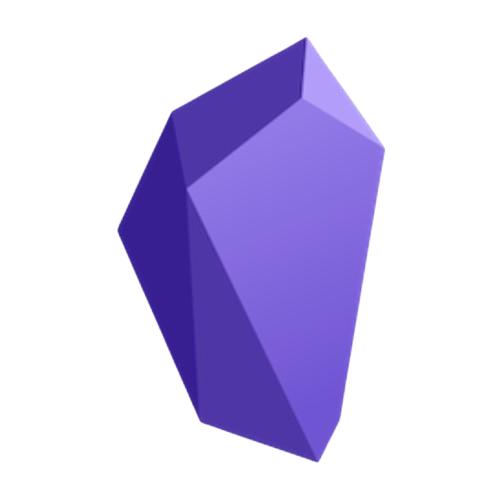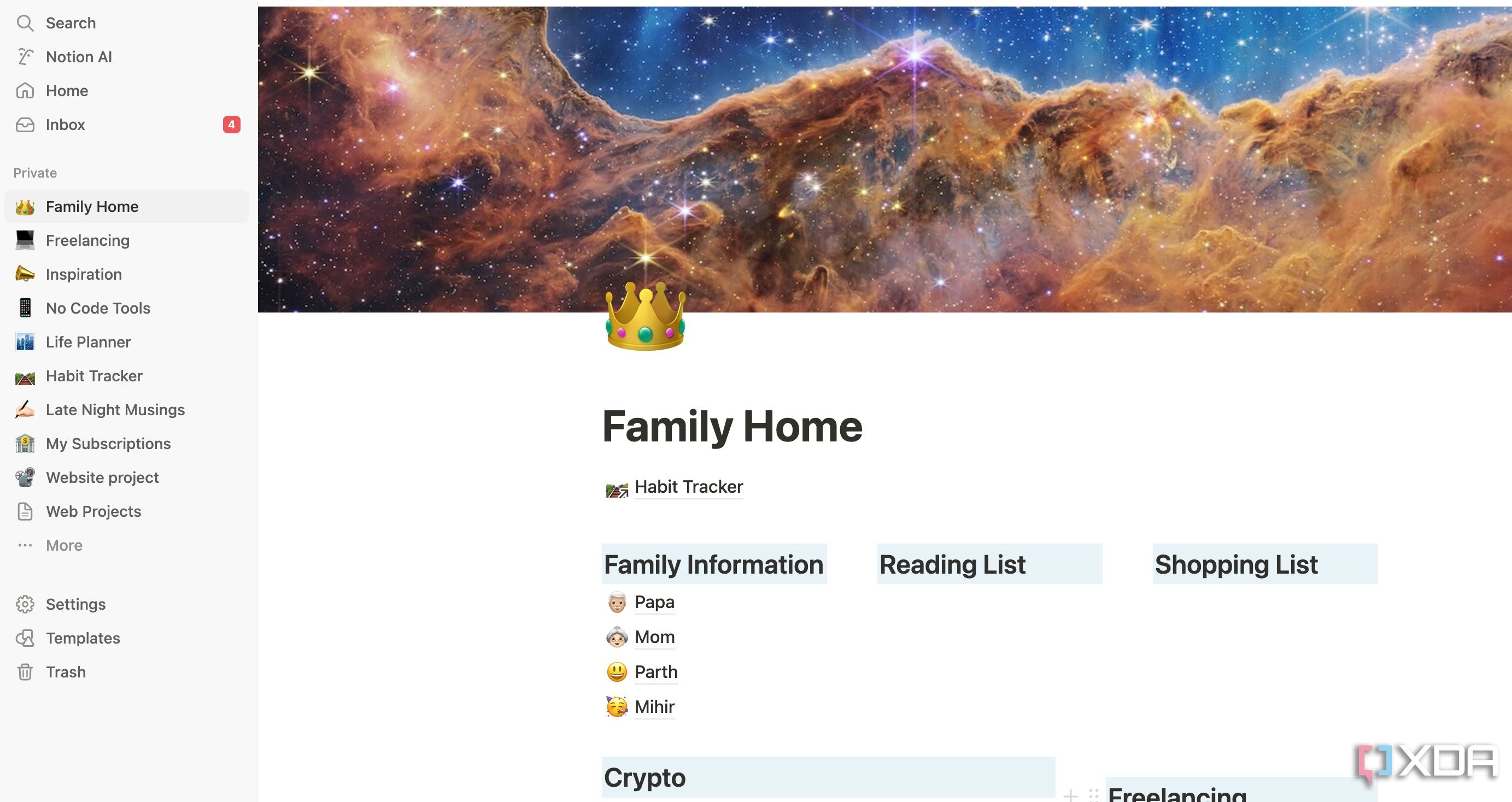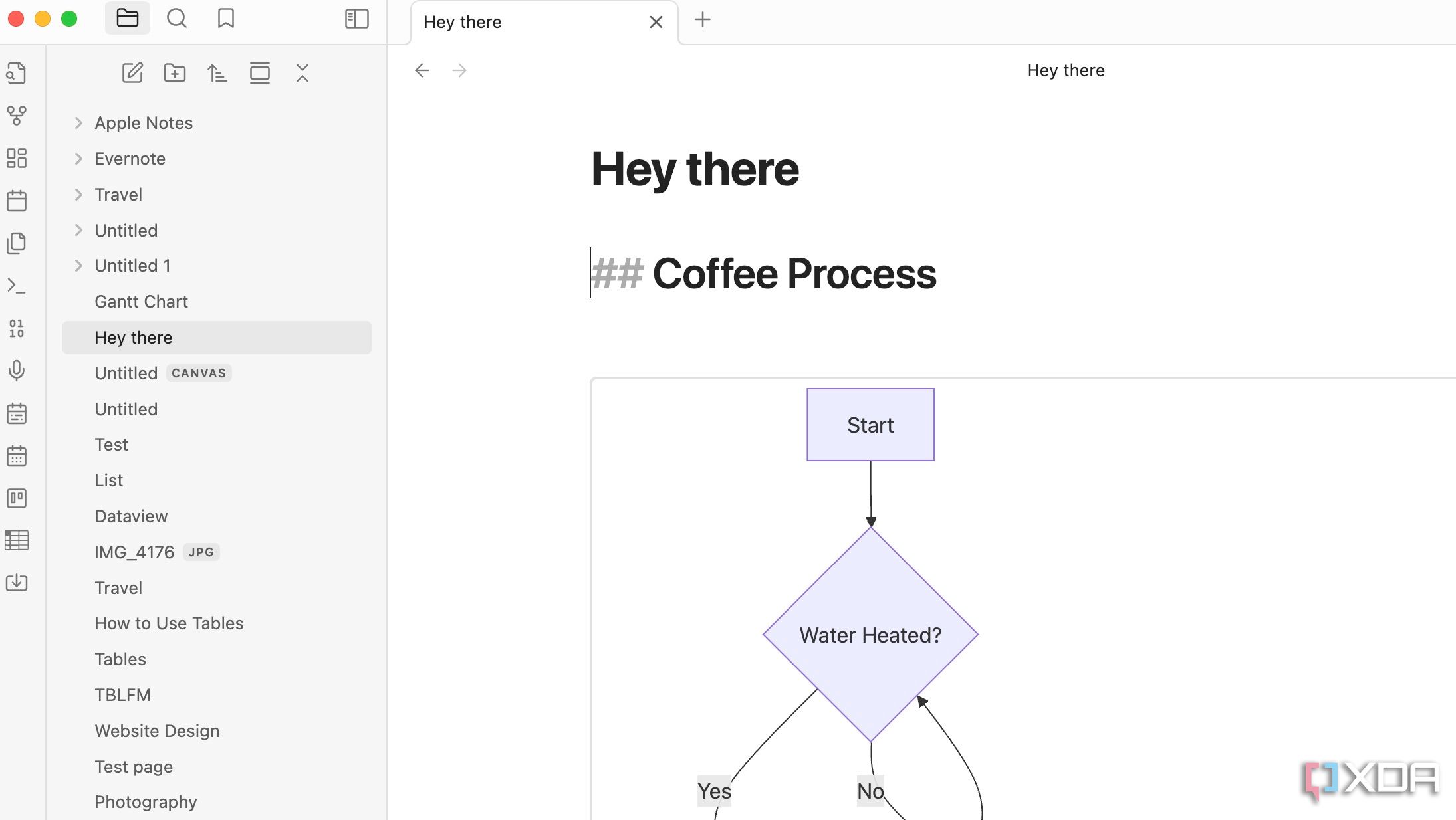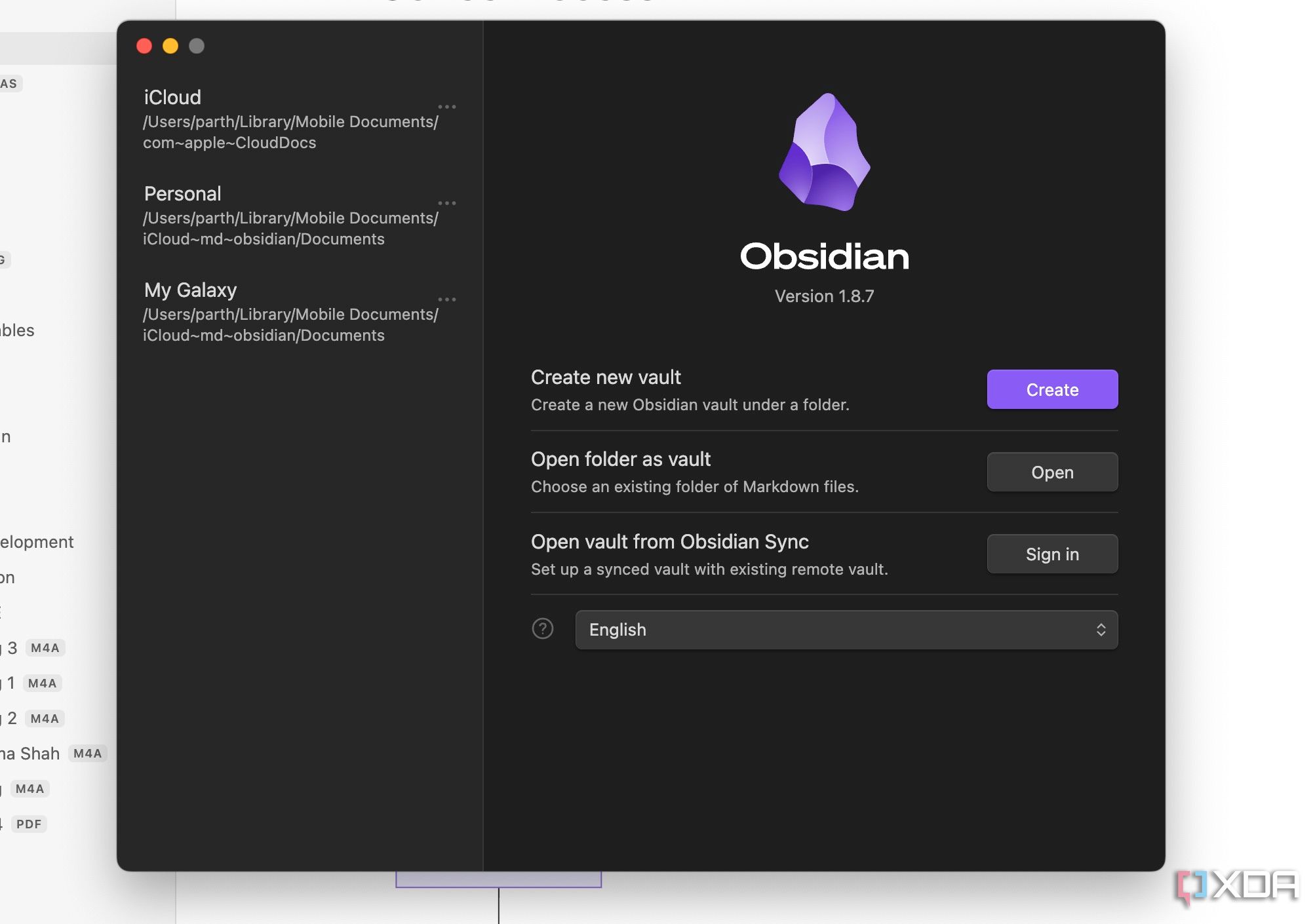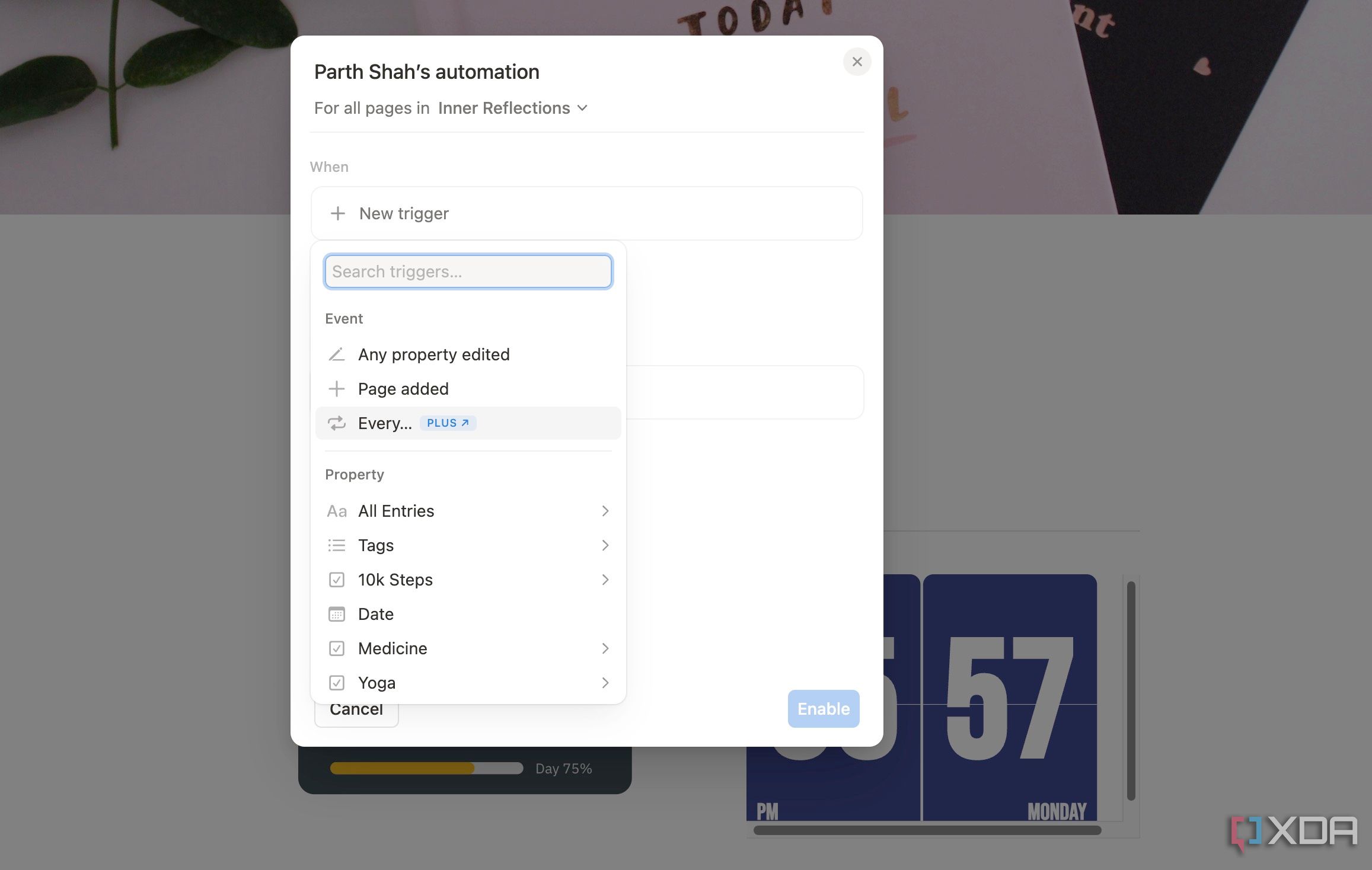Notion has dominated the all-in-one workspace domain for a while. It’s the ultimate hub for tasks, notes, projects, and databases. However, a new challenger has emerged who promises local control, interconnected knowledge, offline support, and unparalleled flexibility. Yes, I’m talking about Obsidian. But before you fully switch to Obsidian, it’s important to understand whether it can perform everything Notion can.
The short answer is no. Let’s explore Obsidian’s unique strengths, explore its potential, pinpoint drawbacks (compared to Notion), and answer the burning question – is it the Notion alternative you have been searching for?

Related
I replaced all productivity tools with Obsidian for a month and here is how it went
My 30-day Obsidian experiment
The organization method is identical
With the ability to link related notes
Both Obsidian and Notion have covered the basics of note organization. With Notion, you can create a new workspace and start adding pages and subpages to it. You can even mark several pages as favorites for easy access. Overall, Notion is like a well-organized filing cabinet where information is neatly categorized and stored.
Obsidian’s organization is fundamentally file-based. It uses vaults as the top-level container for your notes. Inside vaults, you can create folders and subfolders to organize your Markdown files. While you can create a hierarchical structure, the power of Obsidian lies in its interconnectedness, not just its folder organization (more on that later). You can’t make notes as favorites and instead rely on links, tags, and search to find relevant information.
Obsidian offers better flexibility
Store data anywhere
Here is where Obsidian edges out Notion by a mile. Obsidian stores your notes as plain text Markdown files within folders on your computer’s file system. Your notes are always accessible, even without an internet connection. This is crucial for users who work in areas with limited internet.
Since Obsidian uses standard Markdown files, you can use any cloud storage service that syncs folders, including OneDrive, Dropbox, Google Drive, and iCloud. This gives you complete freedom to choose the cloud service that best suits your needs. For example, Microsoft 365 users can store Obsidian vaults on OneDrive, while Google Workspace subscribers may opt for Google Drive to get the job done.
Because the files are stored in markdown, they are readable by almost any text editor. This allows for extreme data portability and longevity. Notion primarily stores data in its cloud database. This means that you rely on Notion’s servers to access your notes. Offline access is also limited.
Obsidian lacks advanced databases
Good luck organizing your data
Notion significantly outshines Obsidian with advanced databases. Obsidian supports basic tables using Markdown syntax. This allows you to create simple tables for displaying data. There is no built-in support for different table views, like lists, galleries, or Kanban boards.
Notion offers multiple views to display and interact with data. You can use tables, lists, galleries, timelines, Kanban boards, calendars, and even different charts to organize data. The company also added support for Forms to create surveys and quizzes and gather data from team members. Databases can hold many different properties, such as dates, numbers, text, formulas, and more.
This unlocks excellent flexibility in how you can display data. Obsidian also lacks support for a template library. If you primarily rely on templates, it’s better to stick with Notion as it offers over 30000+ ready-to-use layouts to choose from.
Obsidian’s plugin community does offer several tools that are similar to database functions. The Kanban plugin is a very popular example of that. However, it is still not as deeply integrated as Notion’s database system.
Obsidian misses out on automation
Doesn’t work well with your existing apps
Obsidian primarily relies on manual workflows. There is no built-in system for creating automated actions based on triggers or conditions. On the flip side, Notion offers robust automation features that allow users to create workflows based on specific triggers. For example, you can automate notifications in Slack or other platforms when a database property changes (when someone changes a task status from In Progress to Completed).
The real-time collaboration experience is also better on Notion. After all, Obsidian’s design caters to the personal knowledge management use case.
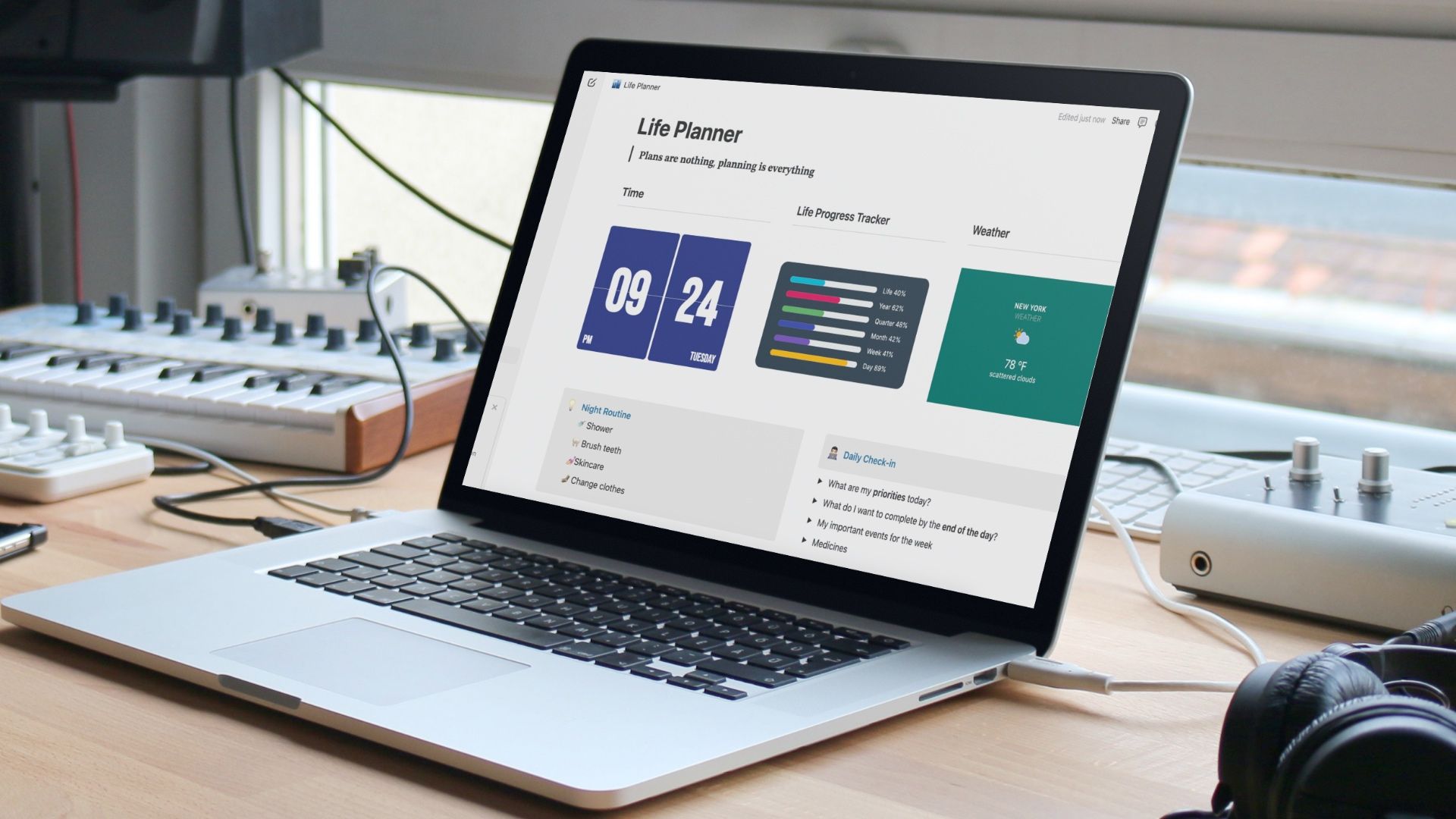
Related
5 ways to automate Notion and supercharge your note-taking
Essential time-saving tricks to optimize your Notion setup
Where it edges out Notion
Obsidian offers several unique features that elevate its user experience beyond Notion’s capabilities. For instance, the graph view offers an excellent way to visualize interconnected notes. The Canvas feature offers a freeform, visual workspace for arranging and linking diverse content. These features are absent in Notion’s structured environment.
Obsidian’s robust theme manager allows for extensive UI customization. Finally, its expansive plugin library lets you tailor Obsidian to your specific workflows. You can use it to fill in missing gaps, like Kanban boards and advanced tables, in your vaults. In comparison, Notion has a closed ecosystem.
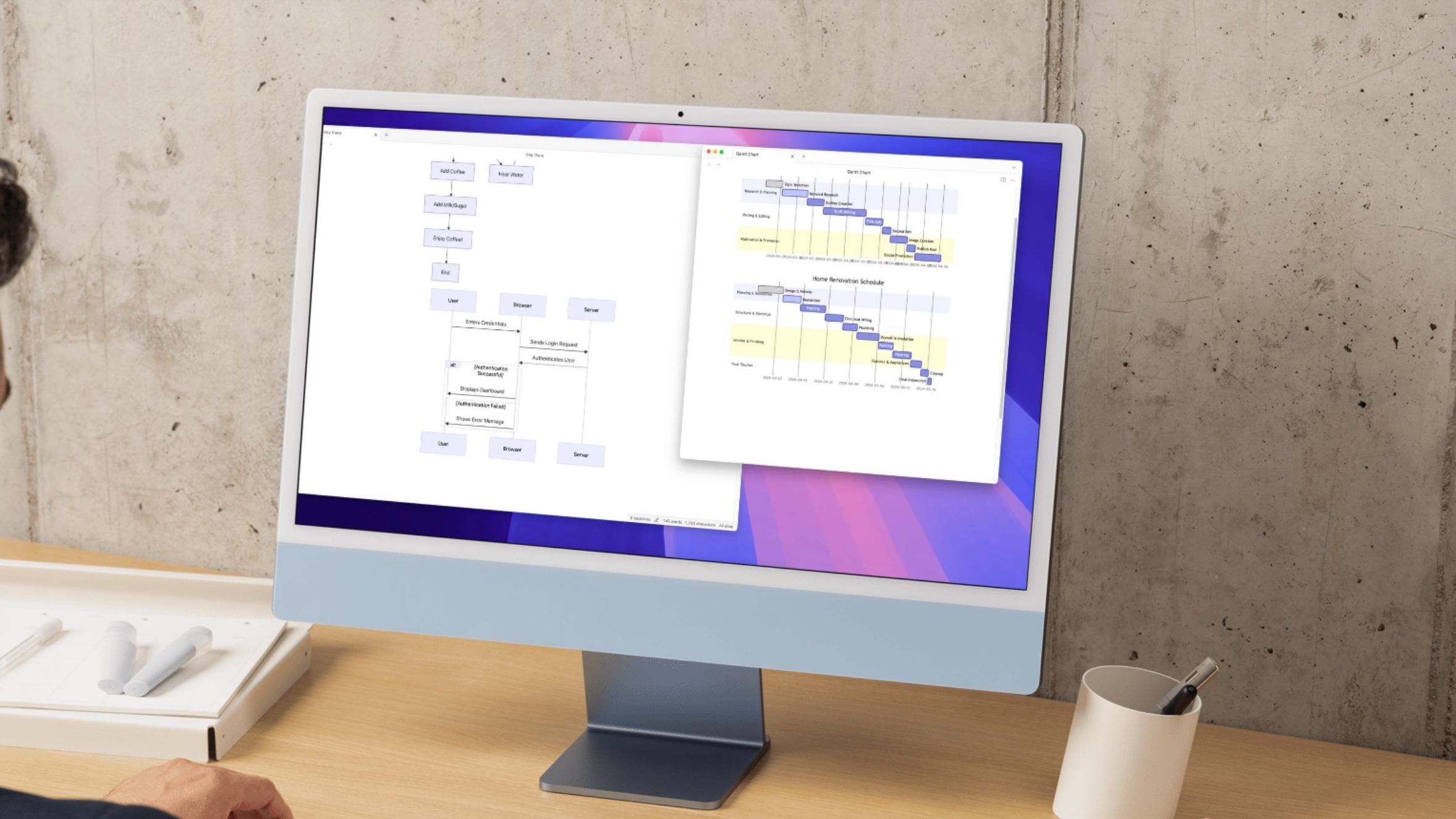
Related
Mermaid is the best Obsidian feature you didn’t know about
Visualize your thinking using mermaid diagrams in Obsidian
Finding your perfect knowledge base
Look, the Obsidian vs. Notion debate isn’t about declaring a definitive winner. Both platforms offer powerful tools for knowledge management but cater to distinct needs and workflows. While a switch from Notion to Obsidian brings several advantages, you shouldn’t completely ignore the limitations mentioned above. If you heavily rely on databases and collaboration, I highly recommend avoiding Obsidian for now.
Until then, you can check out other offline Notion alternatives for your workflow.
